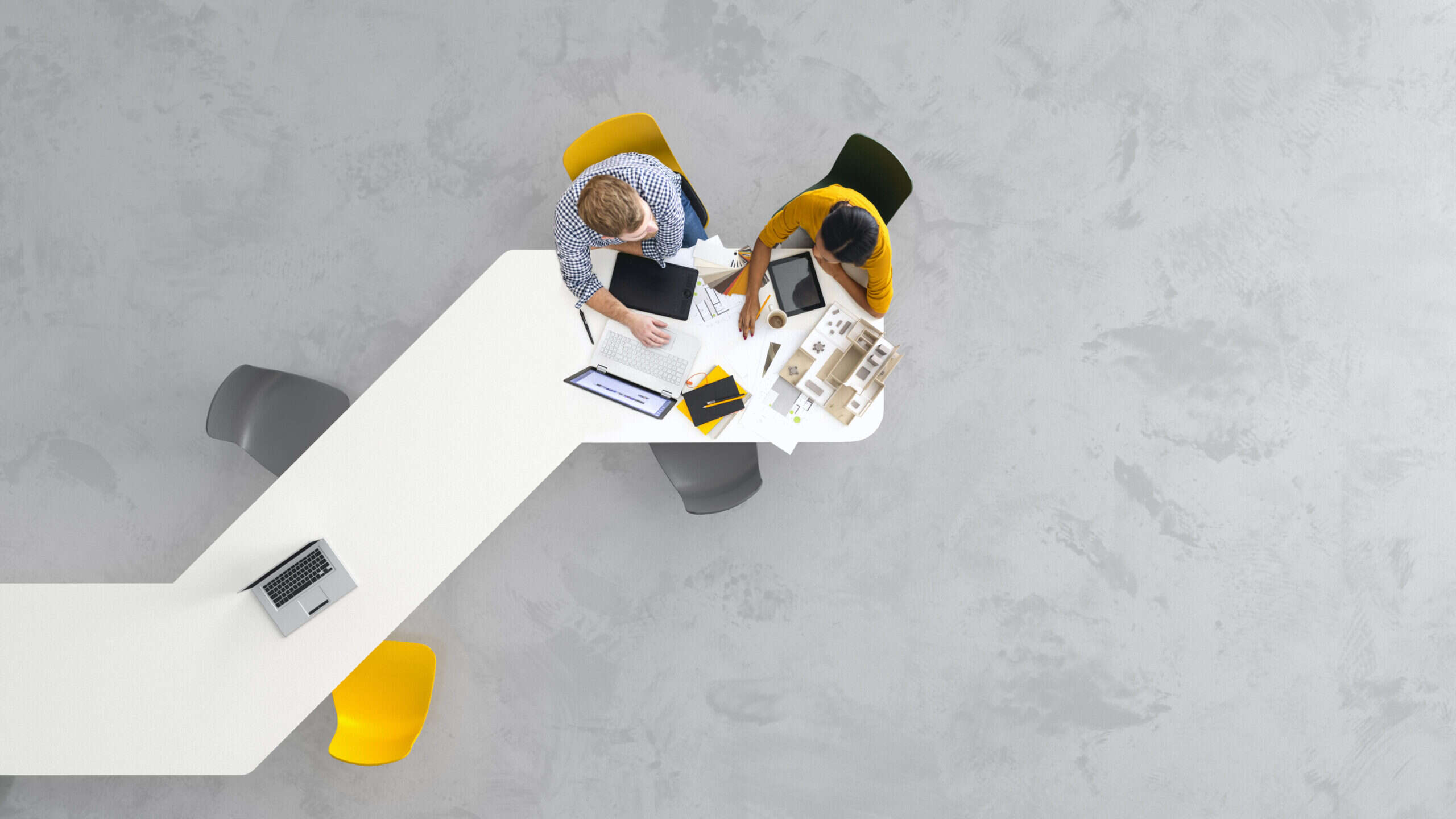
Before 2020, corporate real estate was already evolving. ‘Workplace strategy’ has been under the microscope of organisations in recent years with a strategically designed workplace – one focused on improving employee experience – becoming the trend. By embracing this shift, organisations have started to come around to the idea that the workplace environment is more than a place to house staff. It should be a place of collaboration.
But first, organisations need to understand the real occupancy of their workplaces.

According to CBRE research, the traditional workspace has a utilisation rate (the metric to measure the usage of space over a specified period of time) of 50% or less. It makes little financial sense for a business to have wasted, underutilised floor space, and the associated costs of this will be more evident now than before.
The key is space, not growth. Understanding which departments in an organisation require expansion and which are underutilising space is crucial before simply acquiring more floor space. Space utilisation studies can uncover some surprising outcomes. Does everyone need a fixed desk? Are private offices still required? How is collaboration now? Should we consider a more open-plan workspace? This can help you to understand how the workplace is really used.
Answers to these questions come with implications in terms of culture
A shift is required to support a flexible workplace – investment in technologies and home office abilities to enable a new mobile workforce. These investments can be more palatable with the associated savings arriving from no longer requiring additional floor space, perhaps even reducing existing space. Leaders have a key role to promote this new culture change and adopting a new agile model. Enabling these behaviours has been shown to improve business performance as well as retain talent. The risk of being left behind is real.
In 2017, Deloitte research showed just 6% of companies reported they were “highly agile”, despite over 90% of companies stating that agility and collaboration were critical to their success.
The past 18 months have accelerated these trends. The home office is now the norm for many across the world. Organisations have been forced to test and learn from this trend sooner than they may have been comfortable with. A drastic change to office portfolios will be on the cards for organisations that have seen positive results from home office testing, posing a threat to future office demand.
What happens next?
Looking beyond 2021, estate agent JLL had previously anticipated in 2019 that “demand for remote working and investment in collaboration-technologies will grow”, which could fast-track the more widespread adoption of these practices as mentioned earlier, not to mention a greater focus on health, well-being and sustainability.
With all this flexibility and movement, do we really need offices?
Research has suggested yes, we do. Collaboration is still required for a happy workforce. Plenty of research demonstrates links between employee well-being and bottom-line financial results. Human happiness has been found to have large and positive effects on productivity. As one would expect, positivity appears to motivate, while negativity has the opposite effect. A study by PwC found cost-benefit ratios ranging from 2:3 to 1:10, meaning for every dollar spent on employee well-being initiatives, an organisation can expect $10 back in value.
With the shift to an agile workplace now forced onto many organisations worldwide, this trend has arrived sooner than expected. But with this, there is an opportunity for organisations to prioritise their workplace strategy and embrace the new normal.
Offices are here to stay. They just need to be rethought.






